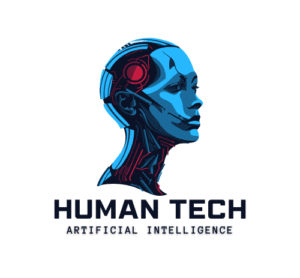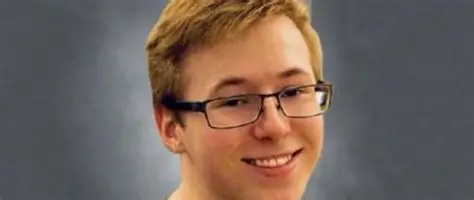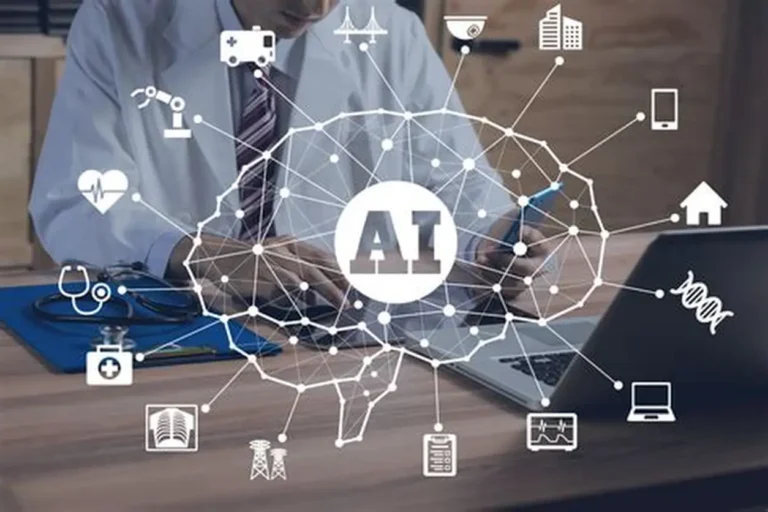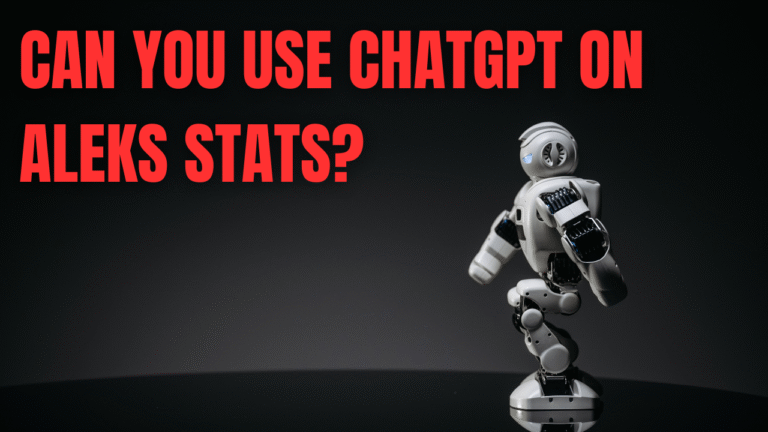Alec Radford: The AI Architect
Did you know that one man helped create some of the world’s most advanced artificial intelligence systems? Alec Radford is not only an AI architect; he has changed how we use technology. Learning about Radford’s work is important because it affects everything from simple chatbots to complex decision-making systems. In this article, we’ll look at his important contributions, how they impact our daily lives, and what they mean for the future
Introduction
Alec Radford is a key AI researcher known for his work on generative models, especially the GPT architecture. He began at OpenAI, creating advanced machine learning models for human-like text generation, greatly enhancing natural language processing. His research addresses ethical considerations, advocating for responsible AI that benefits society. Radford collaborates across disciplines to tackle complex AI challenges and inspires aspiring researchers through his publications and talks. With a strong computer science background and a passion for exploration, he significantly shapes the future of artificial intelligence.
Biography Overview
| Field | Details |
|---|---|
| Full Name | Alec Radford |
| Date of Birth | 1989 |
| Nationality | American |
| Profession | Machine Learning Researcher · Computer Scientist |
| Education | University of Massachusetts Amherst – Computer Science |
| Affiliations | OpenAI (2015–2020) – Research Scientist Anthropic (2020–Present) – Research Scientist |
| Famous For | Creating DCGAN (2015) for image generation, leading GPT-1 (2018) and GPT-2 (2019), pioneering modern generative AI |
| Research Areas | Deep Learning, Generative Models, NLP, Unsupervised Learning, AI Safety |
| Key Publications | – DCGAN (2015) – Improving Language Understanding by Generative Pretraining (2018) – Language Models are Unsupervised Multitask Learners (2019) |
| Major Contributions | – Introduced the pretrain–finetune paradigm – Laid foundations for GPT-3, Claude, DALL·E, and other LLMs – Advanced understanding of emergent AI behaviors |
| Philosophy | Believes intelligence emerges naturally from large-scale unsupervised learning; emphasizes simplicity, scalability, and safety |
| Current Focus | Developing reliable, safe large language models at Anthropic |
| Traits | Analytical · Humble · Data-driven · Ethical · Innovative |
| Global Impact | Revolutionized generative AI and NLP; influenced virtually all modern AI tools globally |
| Social Links | Instagram- Not Available Linkedin- @alecradford Facebook- @Alec.Radford Twitter- @AlecRad |
Personal Journey
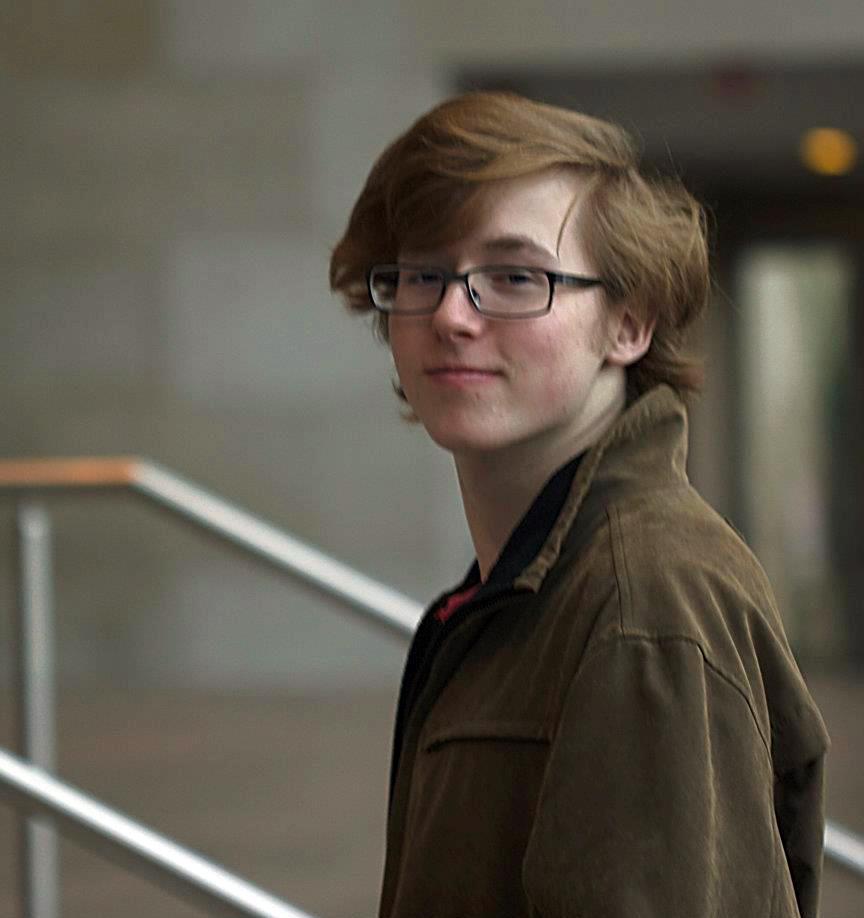
Alec Radford was born in 1989 in Boston, Massachusetts. From a young age, he showed a strong interest in math and computer science, which shaped his career. He graduated from the Massachusetts Academy of Math and Science in 2007 and studied math and computer science at MIT, earning his bachelor’s degree in 2011. At MIT, he developed a love for machine learning and deep learning, inspired by leaders like Geoffrey Hinton. He was particularly interested in how computers can learn from large amounts of data to perform tasks that usually need human intelligence.
After graduating, Radford started his career as a data scientist at Locu in 2012, a company that helps local businesses manage their online presence. He used machine learning and natural language processing (NLP) to extract and analyze data from websites, menus, and reviews. He also began experimenting with generative models to create new data, like text, images, and music. When GoDaddy acquired Locu in 2013, Radford stayed on and developed NLP models for generating and recommending domain names, honing his skills in AI and data solutions.
In 2016, Radford joined OpenAI and became a key player in creating innovative AI models. He contributed to DCGAN, an important work in generative image modeling, and led research on GPT-1 and GPT-2, which introduced large-scale generative language models. He also worked on major projects like DALL·E, CLIP, Jukebox, and OpenAI Codex, connecting computer vision, natural language processing, and generative AI. Radford’s work significantly influenced modern AI, inspiring researchers and engineers while shaping the field of deep learning.
Co-founding Indico and Creating DCGAN

Alec Radford is co-founded Indico, a company that helps businesses use machine learning to better understand their data. Under his guidance, Indico has created tools that allow organizations to analyze text and images, turning complex data into clear information for better decision-making.
A key achievement of Radford is the Deep Convolutional Generative Adversarial Network (DCGAN). This AI model creates very realistic images from random noise. This innovation has greatly influenced the AI field, giving artists, designers, and developers new tools to create amazing visuals and explore digital art.
Radford’s work goes beyond DCGAN; he has consistently expanded what artificial intelligence can do, impacting research in generative models, natural language processing, and computer vision. His creative methods and commitment to advancing AI continue to motivate researchers and tech professionals worldwide, solidifying his role as a leader in the AI community.
Joining OpenAI and Developing GPT
In 2016, Alec Radford became part of OpenAI, a non-profit organization dedicated to making sure artificial intelligence is good for people. At OpenAI, he changed his focus from creating images to working with language, specifically on models that help computers understand and generate human language.
Radford and his team created the Generative Pre-trained Transformer (GPT) series:
- GPT (2018) – This version could create clear text for different tasks like sorting information and answering questions by fine-tuning it for specific uses.
- GPT-2 (2019) – A bigger and better version that improved coherence, allowing it to handle longer text and various writing styles like stories and articles.
- GPT-3 (2020) – A significant advancement with 175 billion parameters, capable of generating very precise, varied, and context-aware text. It introduced few-shot learning, which means it can complete tasks with just a few examples.
GPT-3 has been widely used for chatbots, coding, and creating content, generating interest and discussion about what AI can do, along with concerns about issues like bias, misuse, and copying work. OpenAI controls access to GPT-3 through a selective partnership program to encourage responsible research and innovation.
Future Plans and Vision
Radford sees a future where artificial intelligence (AI) is a helpful partner, boosting human creativity and decision-making rather than just taking over jobs. He thinks AI should enhance human abilities while keeping people in control.
Here are the key points from his vision:
- Develop AI that can understand different types of data, like text, images, and audio, to create better interactions between people and machines.
- Build AI that is clear and can explain its decisions, so users understand what’s happening.
- Train AI on diverse data to reduce bias and ensure it benefits everyone.
- Promote teamwork between humans and AI, focusing on systems that provide insights while keeping decision-making with people.
- Conduct research beyond one group. After leaving OpenAI in late 2024, Radford plans to work independently or with others to explore new ideas and encourage open, innovative research across various institutions.
Physical Details
- Height: 5 feet 9 inches
- Weight: 75 kg
- Eye color: Brown
- Skin color: White
- Hair color: Brown
Net Worth
| Year | Net Worth (USD) |
|---|---|
| 2021 | $800,000 |
| 2022 | $1,500,000 |
| 2023 | $2,000,000 |
